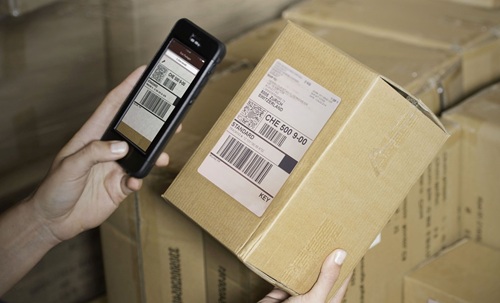In today’s fast-paced world, online shopping and global trade have made it easy for us to access thousands of products at the click of a button. However, this convenience also comes with a big problem — the rise of counterfeit or fake products. From cosmetics and medicines to electronics and fashion items, fake goods are everywhere. One effective way to check authenticity is by using the barcode on products. But the question is — how can we identify fake products using barcodes? Let’s break it down.

What is a Barcode?
A barcode is a machine-readable code consisting of lines, numbers, and sometimes QR-like designs. It stores information about the product such as:
- Manufacturer details
- Product type
- Country of origin
- Batch or lot number
There are mainly two common types:
- UPC (Universal Product Code): Widely used in the USA and globally.
- EAN (European Article Number): Common in India, Europe, and Asia.
Each genuine product has a unique barcode assigned by global standards organizations like GS1.
How to Use Barcodes to Identify Fake Products
1. Check the Barcode Format
- A standard EAN-13 barcode has 13 digits, while UPC barcodes usually have 12 digits.
- If the barcode length is incorrect or digits look random, it may be fake.
2. Verify the Country Code
- The first 2–3 digits of the barcode represent the country of registration.
- For example:
- 890 = India
- 000–019 = USA/Canada
- 690–699 = China
- If a product claims “Made in India” but has a barcode starting with 690, it may be suspicious.
3. Use Barcode Scanner Apps
- Download barcode/QR code scanner apps such as GS1 Check, Barcode Scanner, or QR & Barcode Reader.
- Scan the product’s barcode:
- If details like brand, product name, and manufacturer match the packaging, it’s genuine.
- If no details appear or mismatch occurs, the product could be fake.
4. Look for QR Code Integration
- Many genuine brands now add QR codes alongside barcodes.
- Scanning the QR code often redirects you to the official website for product verification.
- Fake products usually have QR codes leading to unrelated or broken websites.
5. Check Printing Quality
- On genuine products, barcodes are printed clearly, with sharp black and white contrast.
- Fake products may have:
- Blurry or smudged barcodes
- Misaligned printing
- Codes that do not scan properly
6. Cross-Verify Online
- Enter the barcode number into online barcode lookup tools (e.g., barcodelookup.com).
- Genuine barcodes show proper product details, while fake ones often return “Not found” or incorrect results.
Limitations of Barcode Verification
While barcode checking is helpful, it is not foolproof. Some counterfeiters copy barcodes from real products and paste them on fake ones. Therefore, you should always combine barcode verification with other checks like:
- Brand hologram or authenticity seal
- Seller reputation and reviews
- Packaging quality
- Price that seems “too good to be true”
Tips for Consumers
- Always scan the barcode before purchase, especially for medicines, cosmetics, and electronics.
- Buy from authorized dealers or official online stores.
- Report any suspicious products to the brand or consumer protection authorities.
Final Thoughts
Barcodes are one of the simplest tools available to customers for identifying fake products. By checking the barcode digits, scanning with apps, and verifying product details, you can protect yourself from counterfeit goods. While fake sellers are getting smarter, staying alert and using barcode technology can help you make safer shopping choices. Remember — if the barcode doesn’t scan properly or the product details don’t match, it’s better to avoid the purchase.